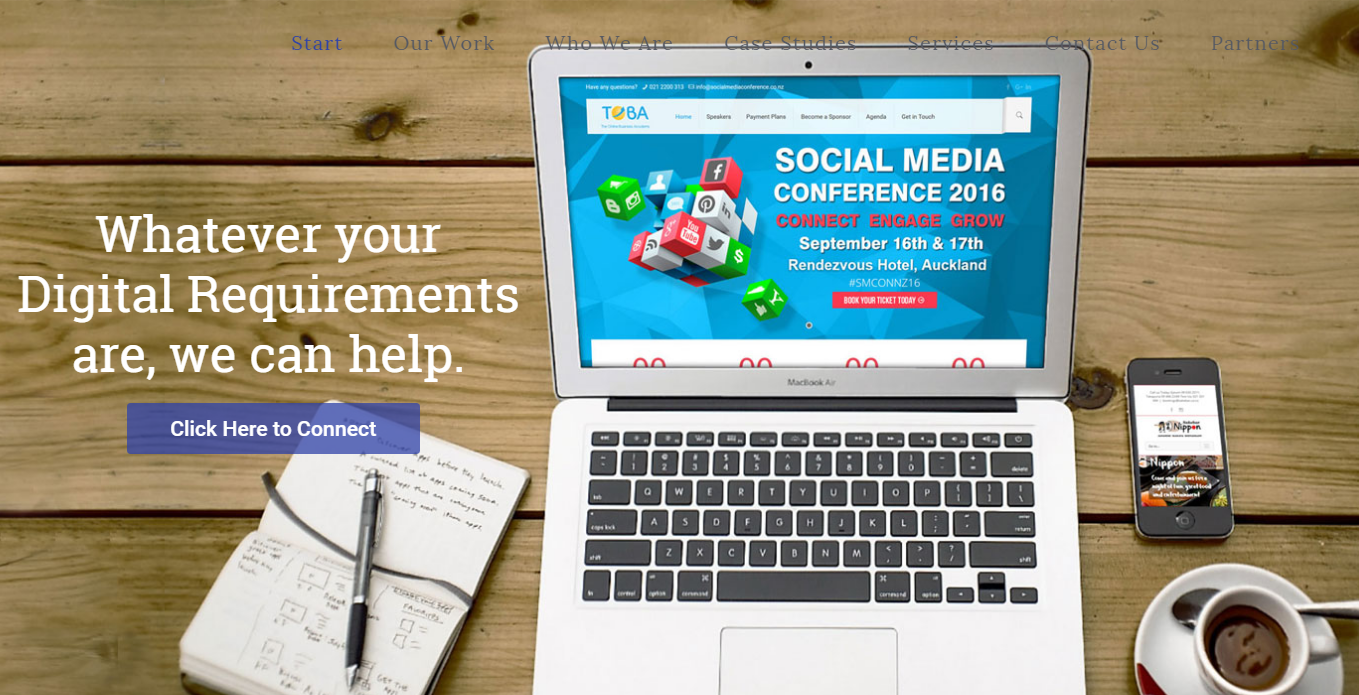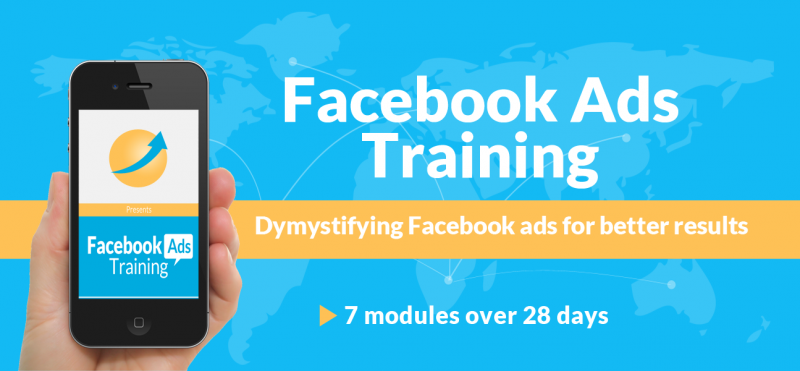Sue was sitting in her networking group, listening to all the comments about websites. She was a small business owner and had come to the realisation that she needed to have a website at the very least to be found on web searches.
Tom who was sitting beside her had a website but it had been built a while back and technology had changed so much since then. Tom confessed that although he had the website, he had built it himself and did not know how to make it appear at the top of search engines. In fact, Tom had never really changed anything on this site.
Carol built her own website with one of the ‘free packages’ and had become disillusioned as they not only sent her a message to say that they were now going to charge monthly for the website but she was also annoyed with the advertising that just seemed to be put on her site. She heard Morris complaining that his website looked terrible on mobile applications.
They did not open properly and resize to the screen width like he had seen on other websites.
Jack had engaged a web developer that told him he understood what he wanted, went off and built a website and after no communication between the two, produced a website that did not at all meet Jack’s business requirements.
These are some of the realities of building or revamping a website. The 3x3x3 P Practical website strategy is designed to assist you in making some good decisions when you want to build a new website or revamp an old website.
3 steps to Plan a website.
Planning is going to be a critical factor to:
- determine whether your website will be successful or not
- Ensure that you don’t waste money and time
- Choose a partner to help you build the website for you or
- Choose a programme to build it yourself.
Step 1:
Get a piece of paper and a pen and write down the purpose of the site.
Are you going to be selling products? Is this going to be a membership site? Do you want your customers to join events? Are you a public figure? Do you want to promote a book/ other product? Do you want people to visit your beauty clinic or book appointments online?
You can have more than one purpose but don’t have more than three as you will find that your website may be confusing.
If you are going to sell products, you may need an e-commerce site, which is different to other website platforms. Whether you build yourself or have it built, this is going to be important in choosing the platform your website gets built on.
Step 2:
Think about your website as a brick and mortar store except that it is online. If you had a vision of what this store would look like, what pops into your mind? – would be it fun and funky? or sophisticated?
When people come into your store, what do you want them to see? What is your branding? What colours do you like?
What do you want them to know about your company, your products, yourself?
Tip: If you already have a brick and mortar store, your website should be built with the same branding. Customers connect to branding and logo’s – keep these consistent.
Step 3:
Go to the internet and look for websites that appeal to you. They don’t have to be in the same industry as you. In fact, we encourage you to look at both your own industry and other industries. Look for the following things and write them down:-
- What do you see in the first 3 seconds?
- Can you distinguish what the company does?
- Can you navigate or move around the website and find information easily or is it confusing?
- Does it have a rolling banner? Video? Call to action?
- Is the company easy to contact?
- Are the colours appealing?
- Are the fonts all the same?
Write down all the aspects of these websites that you like and do not like.
Hint: As you are going through the websites, you may come across sites that look very similar. These would have been built on the same template. A web designer can build your website from scratch and make it very unique or they can change a template to make it unique for your company. If you want a professional site, get it done by a professional. Think of any other area in your life – if your water pipes burst, you call a plumber. Sure you can do it yourself but the job may take twice as long and burst again.
3 Steps to think about during Production
You should have a good idea of what you would like your website to look like. If you are working with a Website Producer, they should do an information gathering exercise with you.
Step 1:
Choose your platform wisely.
What is your long-term vision? If you engage a web developer, make sure you let them know your future plans so that your website can evolve and change with you.
There are a large number of people who look at websites on their mobile phones or i-Pads. Your website should be ‘mobile responsive’ and change depending on how the customer will view it. For example, you would create a banner for desktop and mobile.
Step 2:
Populate the Content on your website. Your content must be engaging. It takes time to write content for your site. It is worth your while to engage a copywriter.
If you have your website professionally developed, make sure that you know how to add content.
Tip: Make sure the links to your content work properly.
Step 3.
Add graphics and photos.
Photos and graphics should all follow the same genre. This means that you can’t have a mix of different types of photos. For example Professional and then animated – if you choose animated, then make sure this runs through the website. If you need to engage a graphic designer, do so.
Hint: If you have taken photos add your logo to them faintly and a note that they are subject to copyright.
It will be a deterrent from people ‘stealing’ your photos. On the flip side, do not go and ‘trawl’ the net and take someone else’s photos. If you find something you would like to use, get permission or don’t use it. You can buy photos from a number of online companies. You can also get free photos from these sites:-
3 Steps to Position your website
Before you release the website, have a few people go through and test the website. Check for spelling, understanding of content, links, photos etc.
Step 1
Let everyone know about your website.
Send out a notification to all your clients. If you send out newsletters, make sure you add a link to your website.
Add your website to your business cards.
You could do a website launch party online.
TIP: During the building of the website, you could get your community involved by posting certain questions e.g. which photo do you prefer for xyz.
Step 2
Are you giving visitors a reason to return to your site?
Find a way of keeping your content fresh. You can do this in a number of ways. If you have a rolling banner, you can change this every now and then. If you have a blog, fantastic, write content for the blog. If you are an artist, for example, change your gallery photos and add the descriptions.
You will have heard about Search Engine Optimisation (SEO) – this helps you to rank on search engines. A good web developer will build this into the website for you.
Tip: If you have an opt-in form where you collect names and addresses in exchange for something. E.g. register here to get my 10 tips on xxx, register here to download my free e-book, Complete your details to be contacted about our workshop; ensure that the graphic for the opt-in is compelling and is positioned where it is quickly seen.
Step 3
Monitor your site and make changes.You need to be updating information regularly, adding blogs and/or changing your banners.
The point of your website is not to lie dormant in the hopes that someone will find you. Your website should be working for you while you sleep. Use tools like Google analytics to check how your site is performing. Google analytics helps you to understand the behaviour of visitors and gives you great statistics.
Set up your Facebook Advertising correctly to track all people to your website that come from Facebook. You can join the FACEBOOK ADS TRAINING HERE
That concludes the 3x3x3 P Practical website strategy. Would love to hear what you are doing on your site.



You’ve made your stand extremely well.!
Great article about the practicalities of building a website
Thank you very much Adam, glad it resonated.